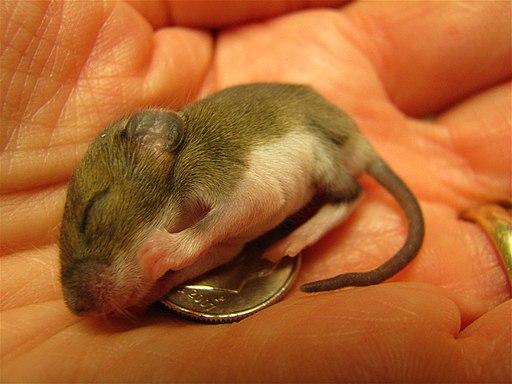DNA is the base code of all living creatures. It is in every plant, animal, and single-cell organism, yet 50% of human DNA is seen to be irrelevant to bodily function. While some DNA is responsible for synthesizing materials within cells, much of it is in essence, spare genes, or ancient viruses that have become part of the human genome over time. Moreover, it has been debated whether the 50% of DNA that is not seen to be relevant is truly essential for survival. That is, can humans live without unused genetic code, or is it vital to the survival of the species?
One specific element of junk DNA is transposons. Transposons are sequences of DNA that have the ability to mutate a cell or change its function as a whole. A study was conducted at the University of California, Berkley, and Washington University on transposons, as written in the So-called Junk DNA – Genetic “Dark Matter” – Is Actually Critical to Survival in Mammals, by the University of California, Berkley. The studies looked at a specific transposon in mice called MT2B2, one that controlled the growth rate of cells in a fertilized embryo, and when the embryo would implant in the uterus of the mother by initiating the short gene Cdk2ap1. When the researchers disabled the MT2B2 transposon using CRISPR-EZ, the mice created a longer version of the gene Cdk2ap2. This new version of the gene decreased cell growth and increased the period of implantation. The teams found that half of the baby mice died before birth without this transposon in their DNA. When the transposon was disabled, the mice sort randomly instead of uniformly in the uterus, and some may cause the death of a developed fetus and or the mother.
The team at Washington University researched the transposons turned on before embryos are impacted into the uterus in humans, rhesus monkeys, marmosets, mice, goats, cows, pigs, and opossums. The team used scRNA-seq, which records messenger RNA levels to indicate which genes are being used. With this technique, the team saw that in every animal, a group of species-specific transposons was turned on. While the transposons were different for each species, the result of their use was nearly the same for all eight cases. Moreover, the gene Cdk2ap1 was expressed by all eight animals, but the amount of short and long versions of the gene expressed was unique for each one. While an animal that needs fast implantation uses more of the short version of the gene, like the mouse, animals with little to none of the shorter version of Cdk2ap1 took two weeks to longer for implantation to occur, like the cow.
For these transposons to be promoting the expression of the Cdk2ap1 gene, at a certain point in history, a virus entered the organism and eventually part in a mutually beneficial symbiotic relationship with the organism until it evolved into the current iteration of the transposon. When viruses blend into the DNA of a species, they can be used to regulate and perform tasks that the cell could not previously perform. This can create a wide range of evolutionary options in species. Additionally, the main difference between the different genomes of species is the regulation of genes. By studying transposons, scientists can better understand differences in the genome of one species to another. With the understanding of this transposon, scientists could now begin searching further into junk DNA, as the removal of the transposon studies by the two universities proved lethal 50% of the time. Moreover, undiagnosed patients could have junk DNA mutations that lead to health problems, but those cases are currently a mystery to the medical world. Transposons are just the beginning of scientists dive into junk DNA, and who knows what wonders they will find next?




Leave a Reply